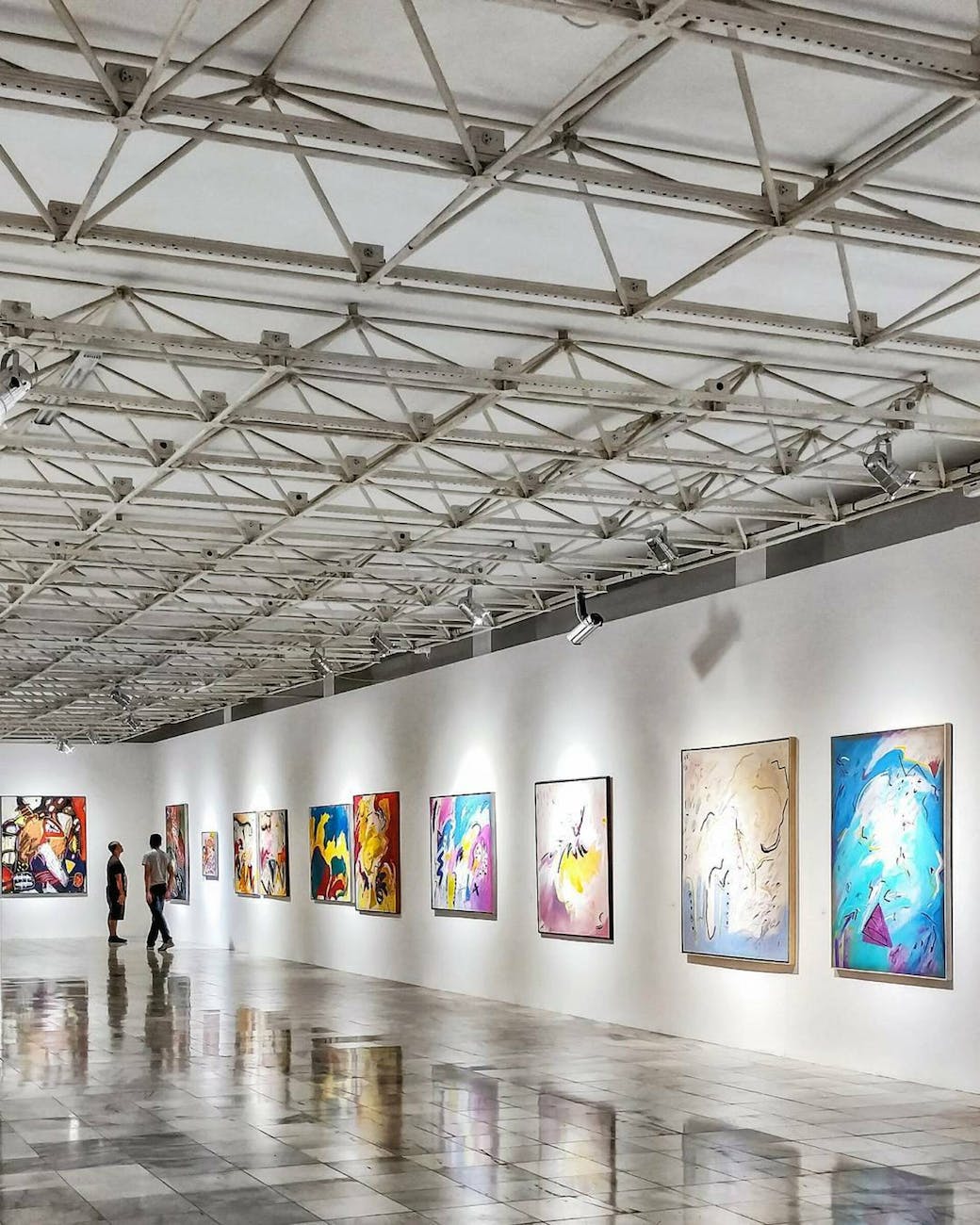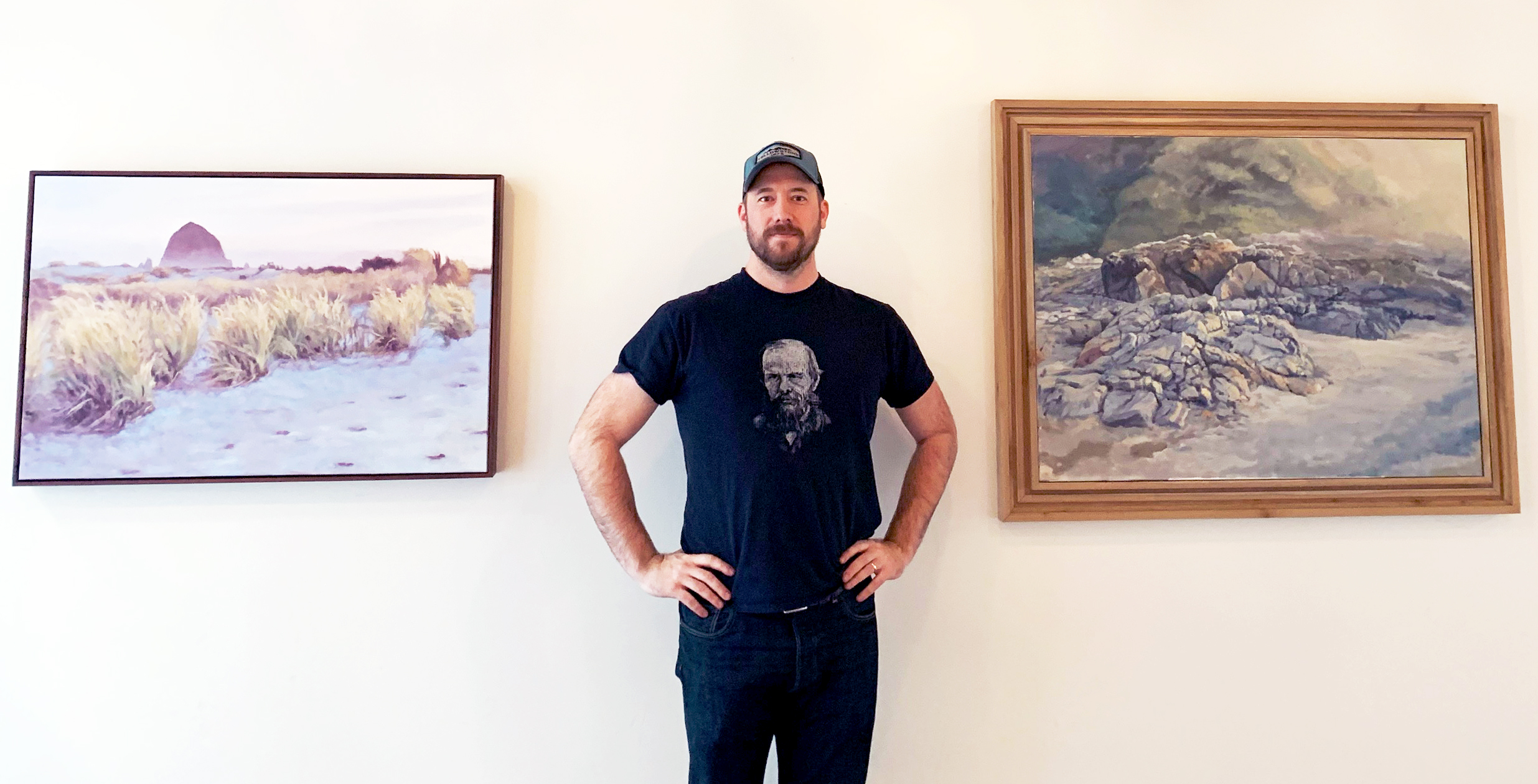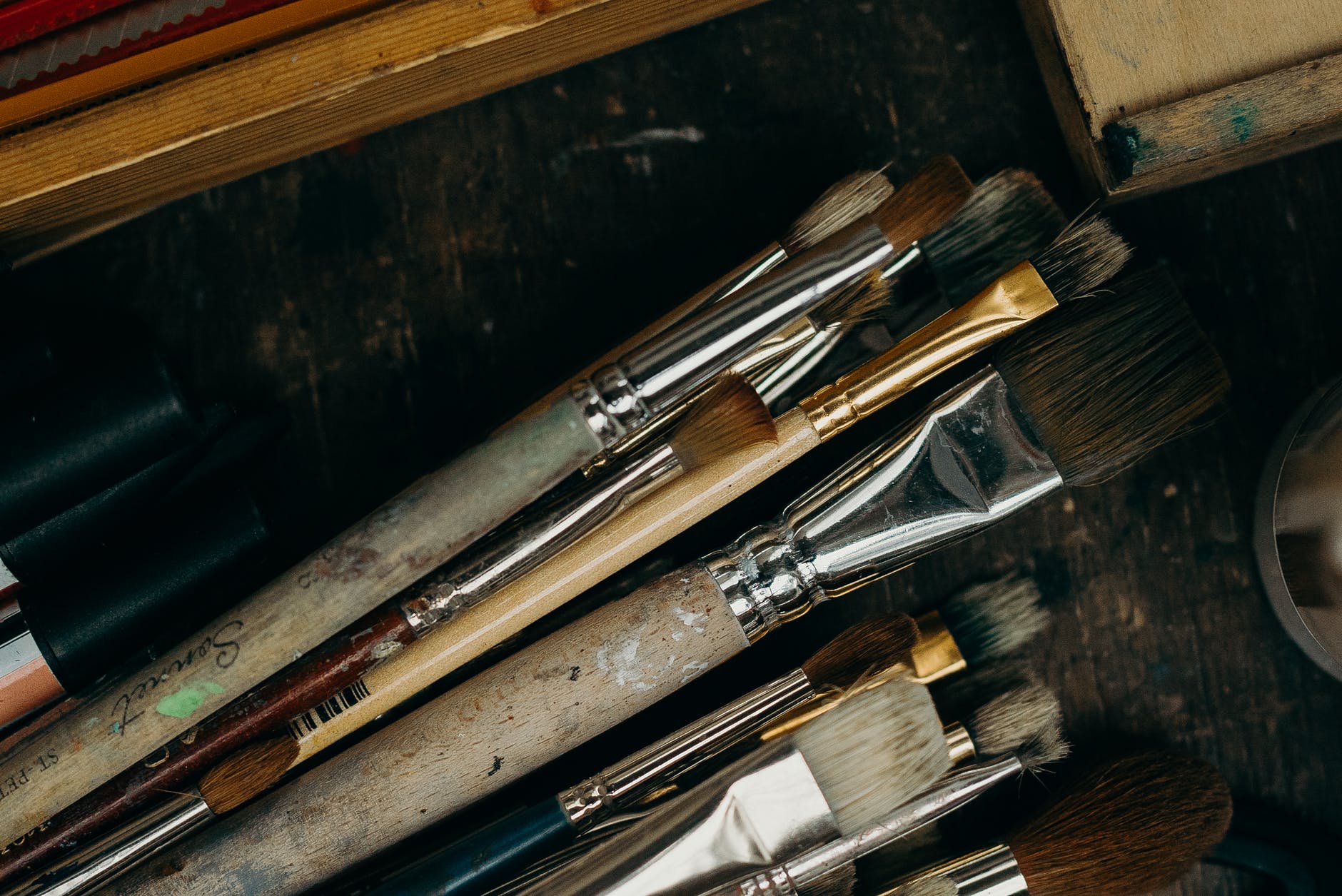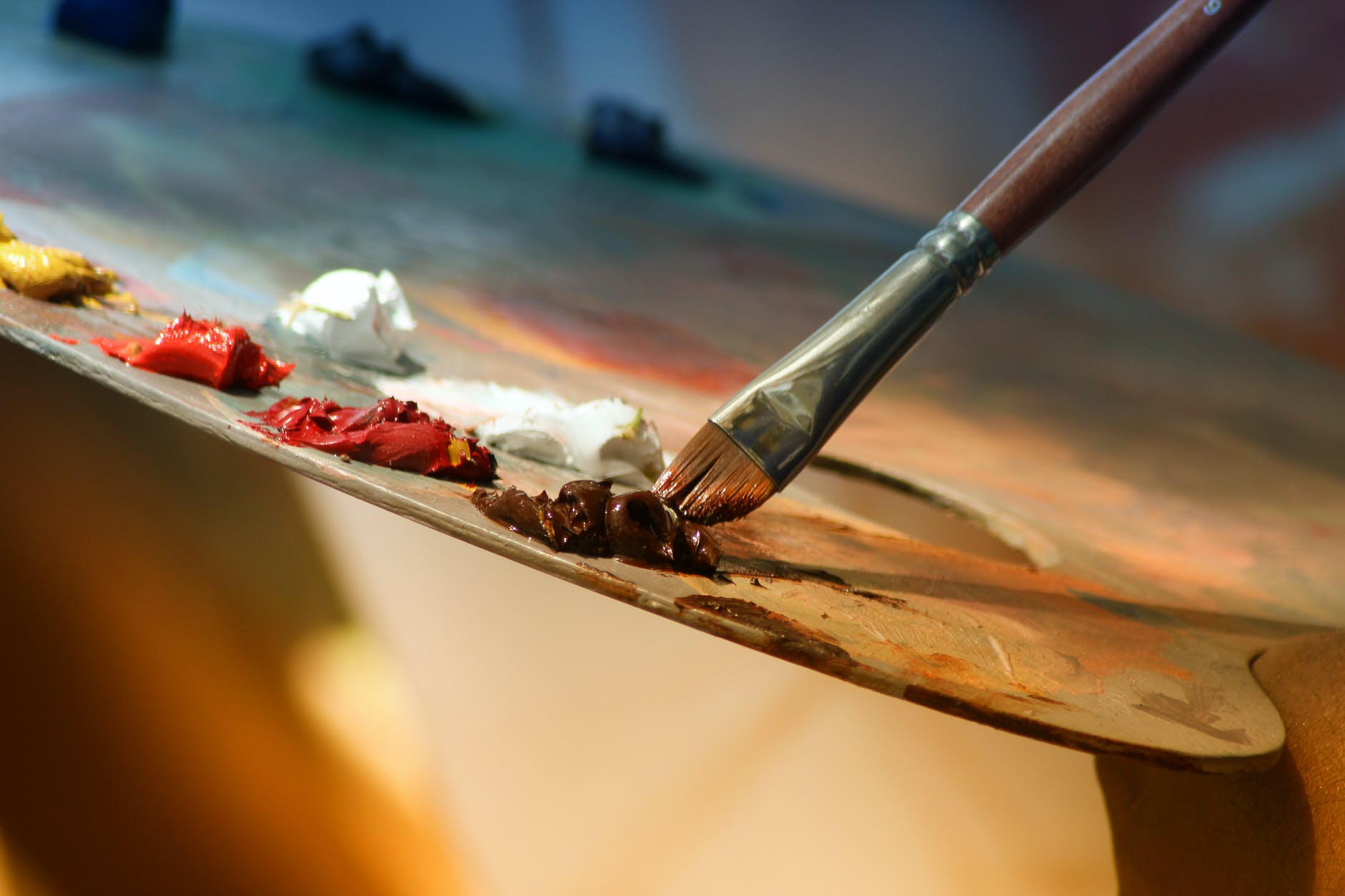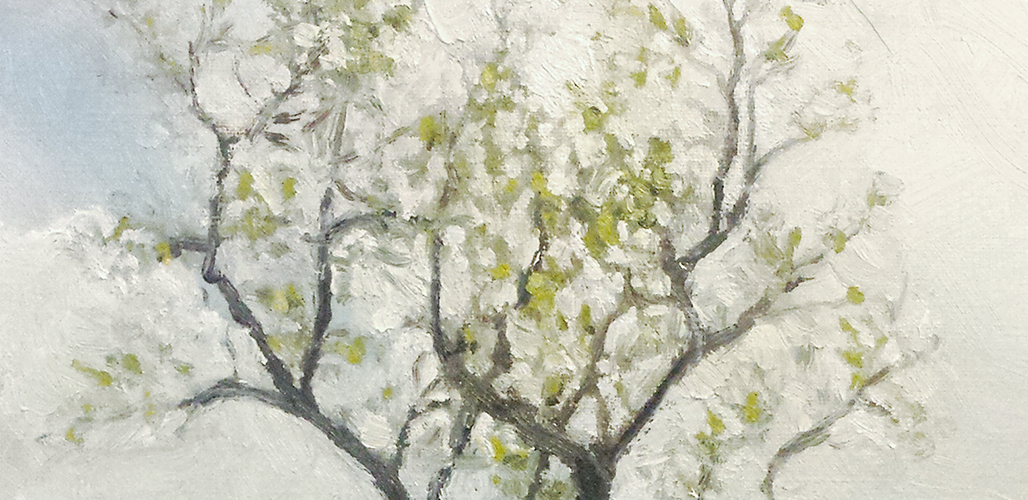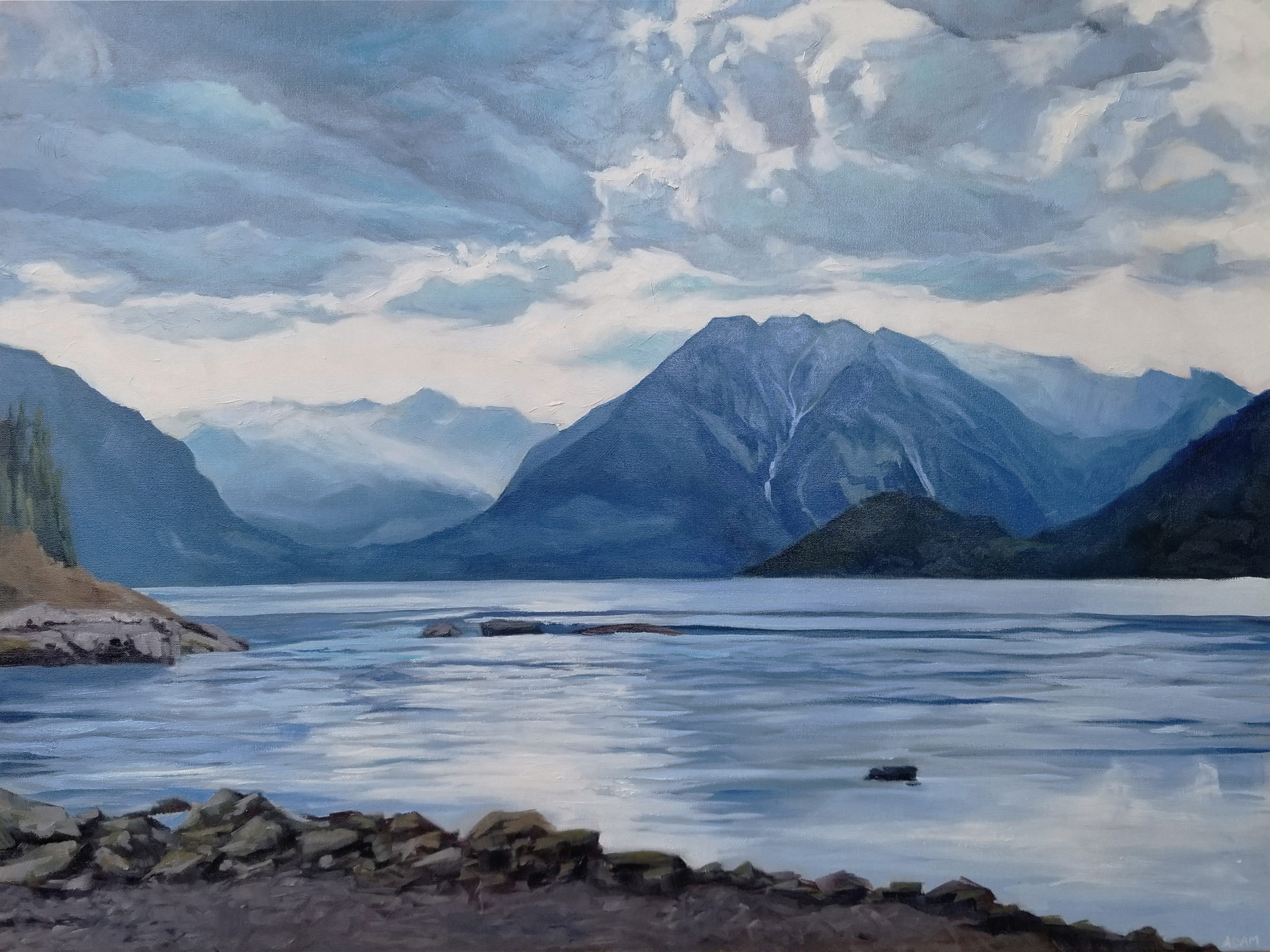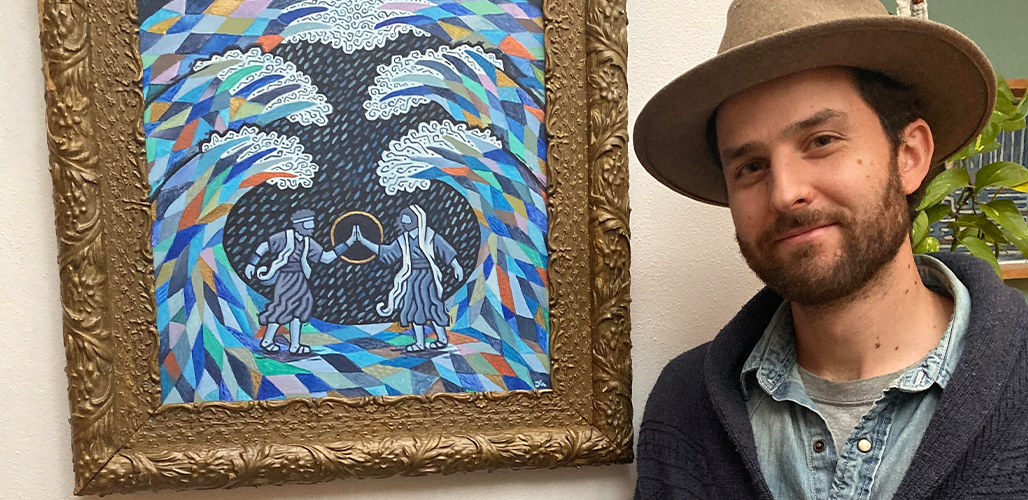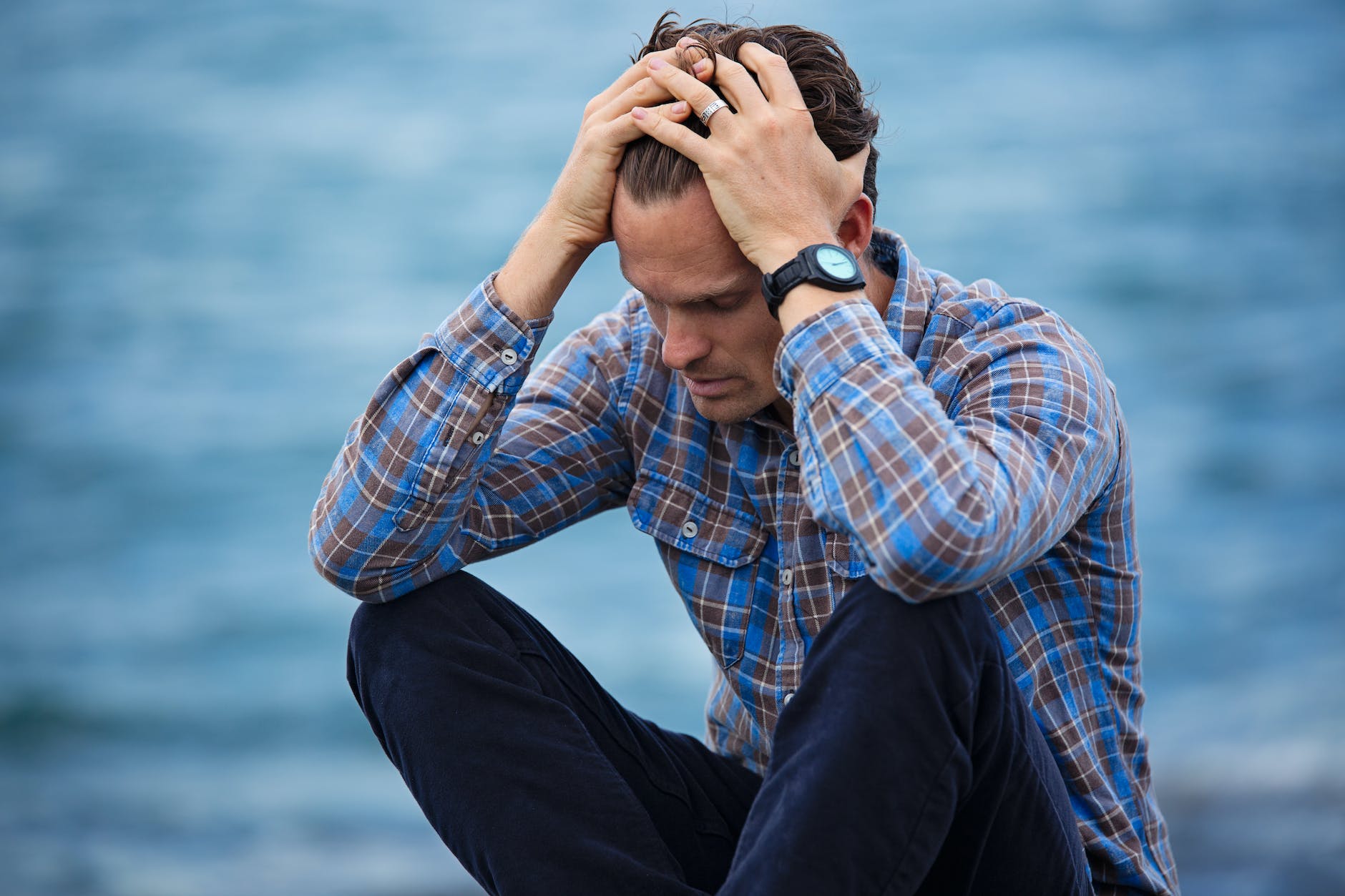
When it All Feels Pointless
Man, oh, man… I just had a day that made my head spin. I started questioning everything I was doing. A funk fell over me and I had the greatest urge to give up on my projects. Every goal and passion that I had been emphasizing so heavily felt unreasonable and poorly planned, lacking creativity and value. It felt like I was in one of those dreams where I was walking around thinking I was fully clothed, only to look down, becoming horrified by my nakedness.
Damper fully engaged. Everything grinding to a halt, the negative thoughts started to pour in. Why haven’t I achieved more? Why didn’t I focus more when I was younger? What have I really been doing with my time? Why don’t I understand more? Why are my skills so unrefined? There seem to be so many others who are thriving, understanding everything they’re doing, planning things so skillfully. Why can’t I figure it out? What is wrong with me? Why am I so dense? What’s the point of what I’m doing?
The Noise
I have been putting a new emphasis on Instagram lately, trying to post more, interact more, and engage with the platform in meaningful ways. There’s a lot of floundering that happens. An idea doesn’t quite go as well as you hope, a video feels rushed, a post gets less attention than you think it deserves – there’s so much room for expectations and disappointment. However, I still feel engaged by it and it is a creative challenge and outlet that gives me new opportunities to communicate. The frustrations of creation, while still very real, are not what actually led me into my existential crisis.
It’s the comparison game. The feed is a constant reminder of the difference between my posts and those of others. People with better cameras, better ideas, better artwork, larger audiences, more comments, more likes, more shares, more sales, higher prices, and more success. Most days I can look at other peoples’ successes and view them as inspiring – something to shoot for. This was not one of those days. I started comparing.
Comparing is the epitome of a double-edged sword. In many ways and for many reasons it comes naturally. We want to make sure we’re aware of things that we could do differently or better. I was always the kid in the stage performance that looked at the other kids and mimicked their movements in order to make sure I was doing things right. I didn’t want to be embarrassed by screwing something up. Being aware and discerning can often rely upon our observing of others and relating those observations to ourselves – comparing.
But the darker road of comparison is ever present and easy to walk down. Once I step foot on that path, it doesn’t lead to anywhere good and it’s hard to find my way back to the gentler road. It leads to anxiety, depression, and doubt. All wisdom starts to fade, all patience disappears, and all reason is doused. It really feels like you can see the end of the road right in front of you and it will not change in any way. Your life is doomed to be exactly what it is in this moment of frustration, forever.
The Answer to the Critic
I’ve heard it said that we are all our worst critic. I don’t think that means we’re always hard on ourselves, but that when we are hard on ourselves, we are REALLY hard on ourselves. We take it to an extreme. Ultimately, we’re calling into question our plans, goals, identities, and anything else that is integral to our self-image. It creates a feedback loop that gets louder and louder and more invasive and more powerful as we spend our time thinking about ourselves. And it’s not a great idea to be thinking about yourself constantly. As Proverbs 18:1 says, “Whoever isolates himself seeks his own desire; he breaks out against all sound judgment.” Notice how “sound judgment” goes out the window when we’re focused on ourselves and our own desires, wants, and independence.
So, how did I escape my funk? It wasn’t through willpower or doubling down on my efforts. It wasn’t through working harder and getting more accomplished. It wasn’t through dedicating myself to more things that would cater to my whims and emotions. In fact, I find that when I try to put a balm of pleasure over my open wounds, I actually am just making things worse. A video game, an unhealthy snack, an internet binge – those things have a way of making me feel even more pathetic. No, the answer didn’t come from self-indulgence.
The good side of the road came into view somehow. Instead of comparing, I began to think creatively – hopefully. I started celebrating the successes of others. A couple of encouraging posts on Instagram, one from Brainard Carey and another from Jim Musil, helped me see the value of my work as an artist, prompting me to comment my gratitude. The work of Erin Hanson, especially her business acumen, got my mind working about what I can do to actively improve my business. My wife came home from work. We talked about our days. I talked about some of the things that I want to do with my work, which she supported. That evening I spent time with friends playing board games. Over the weekend I attended church and played guitar with the worship team. Time moved forward. Patience, wisdom, and reason rose to the surface.
The critic was silenced by a refreshed desire to look and live outward. Relationships and follow through, culminations of selflessness and thankfulness, acted in quelling my emotions and bolstering my stability. I felt like I could go on. I could be excited again about what I was doing. I could put failures behind me, learning from them. I could move past the criticisms, not ignoring them at the expense of discernment, but also not giving them the power to call everything into question. Leaving them behind me, in the past.
A New Day
There are lots of reasons why the inner critic might raise its head in your life. Many times, we can learn from that critic. It’s why I titled this “Dealing with the Inner Critic”, rather than “Silencing the Inner Critic.” I think the inner critic has a role to play in our lives. We can just give it too much power, too much emphasis. Possibly some questions you might ask yourself when the inner critic surfaces are, “Where is this coming from? Where is it leading?” Comparison? Fear? Embarrassment? Hopelessness? Isolation?
Or could it be growth? Humility? Strength? Wisdom? Patience?
We are only human. We will have terrible days. There is no way to avoid them. Just know that they are not the end of the road. There is still much to be done. You have a lot to contribute. You are valuable. You have worth. The things you make and do are treasured by somebody. Look outside yourself. You might find that when your inner critic is too overbearing, somebody else’s encouraging words can quickly put it in check. And maybe your words can do the same for somebody else.

